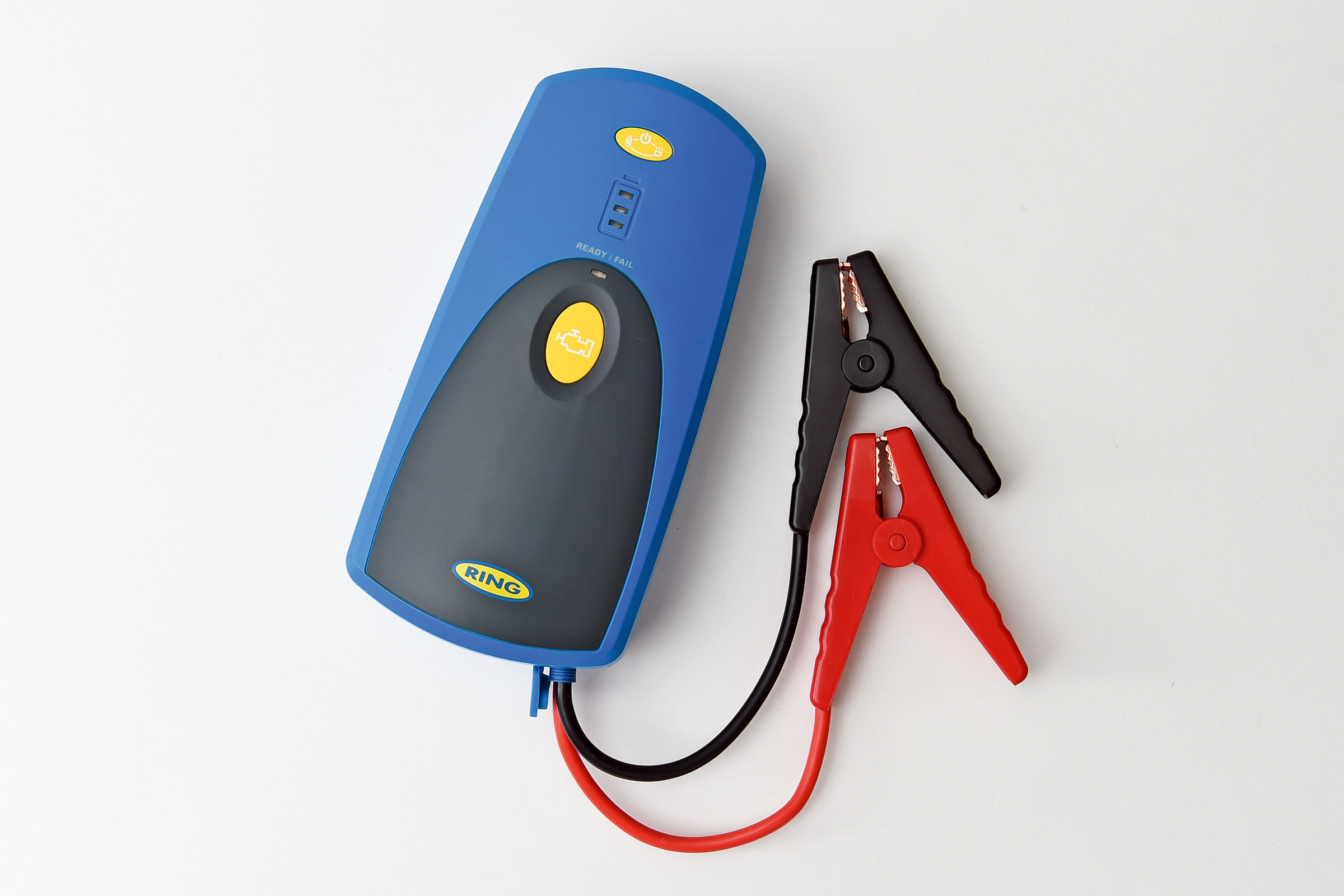

For almost all Clore Automotive jump starters, the recommended duty cycle is 6 seconds of cranking followed by 3 minutes of rest.
Lithium jump starters manual#
Respect the duty cycle of your jump starterĮvery jump starter is subject to a duty cycle in which the vehicle can be cranked for a short amount of time and then requires a period of rest – see your operator’s manual for the specific details of your jump starter. In periods of extreme cold, where the jump starter is left in a vehicle parked outdoors overnight, charging once per month is recommended.Ģ. In those cases where the jump starter is not regularly used, charge it every 3 months to ensure that the battery is not sitting in a discharge state for extended periods, no matter what type of battery is inside.

Even in those cases where this type of charge frequency is unrealistic, nightly charging should be done if the unit is used frequently. The best practice is to charge a jump starter after each use. Even lithium batteries are always better served by frequent charging than infrequent charging. Lead-acid jump starter batteries have no memory issues and cannot be harmed by frequent charges, even when only slightly discharged. Keeping the below steps in mind could extend the life of your jump starter as much as 2-3 times longer than if they are not followed.Īvoid situations that result in the unit sitting in a discharged state for long periods. But, that march can be very slow or very fast, largely depending on how you treat it (and the overall unit). From the first time a battery is charged, it is constantly undergoing microscopic chemical changes, all of which march it toward its demise. Your jump starter, whether it contains a lead-acid AGM battery or a lithium-ion battery, is a perishable product.


 0 kommentar(er)
0 kommentar(er)
